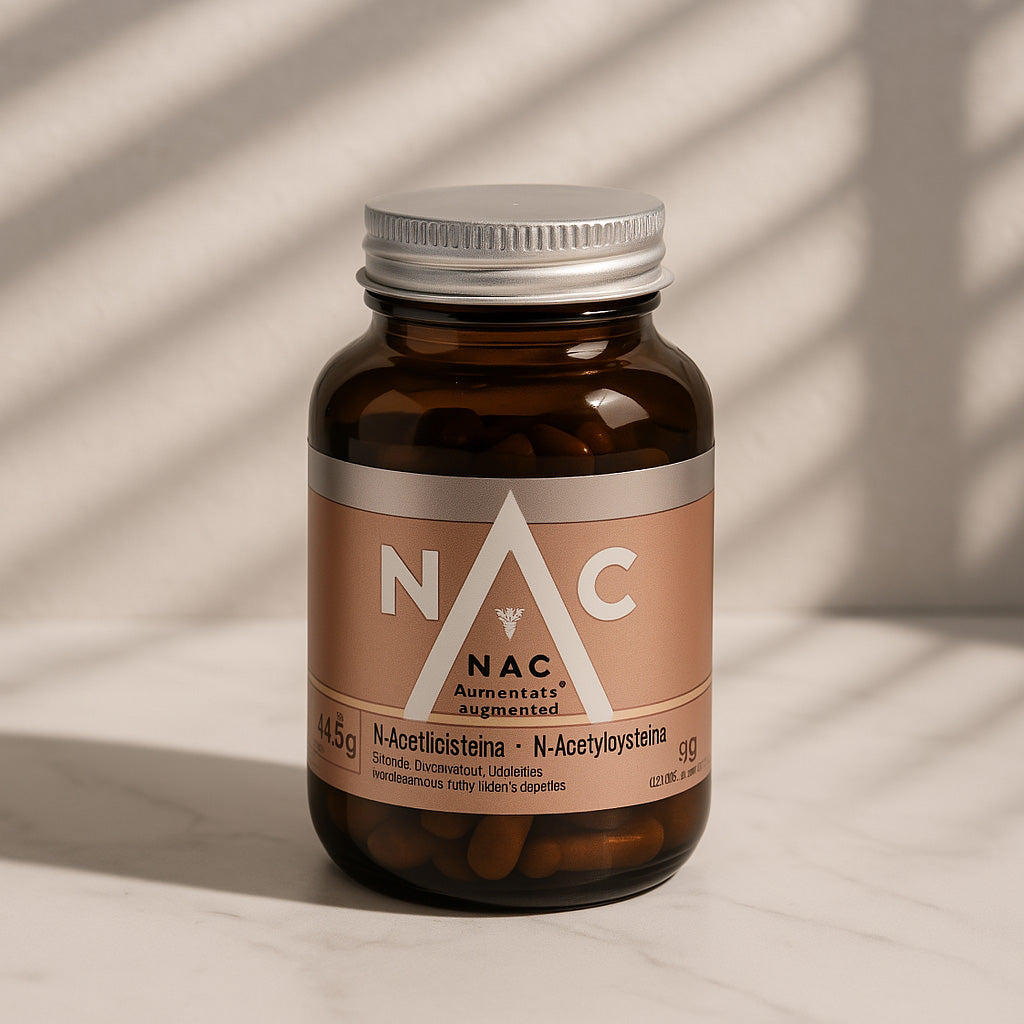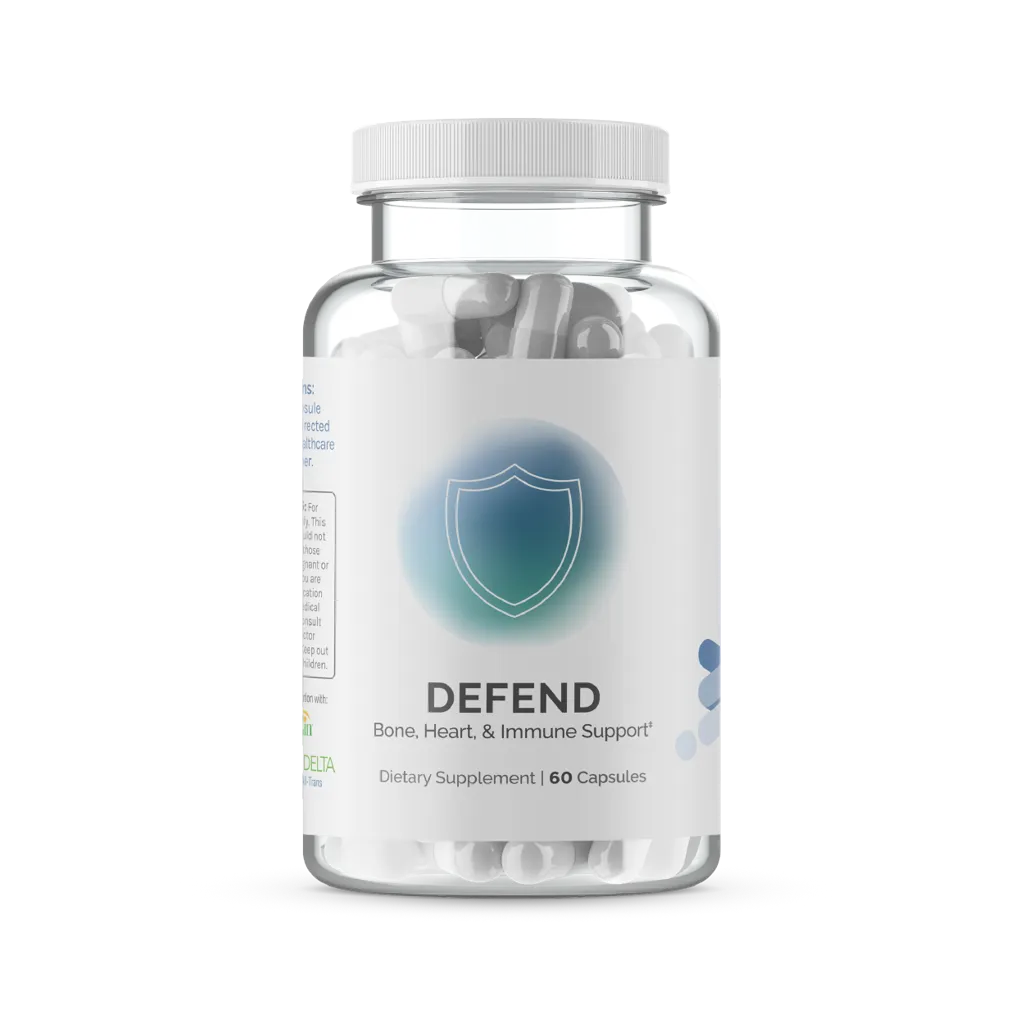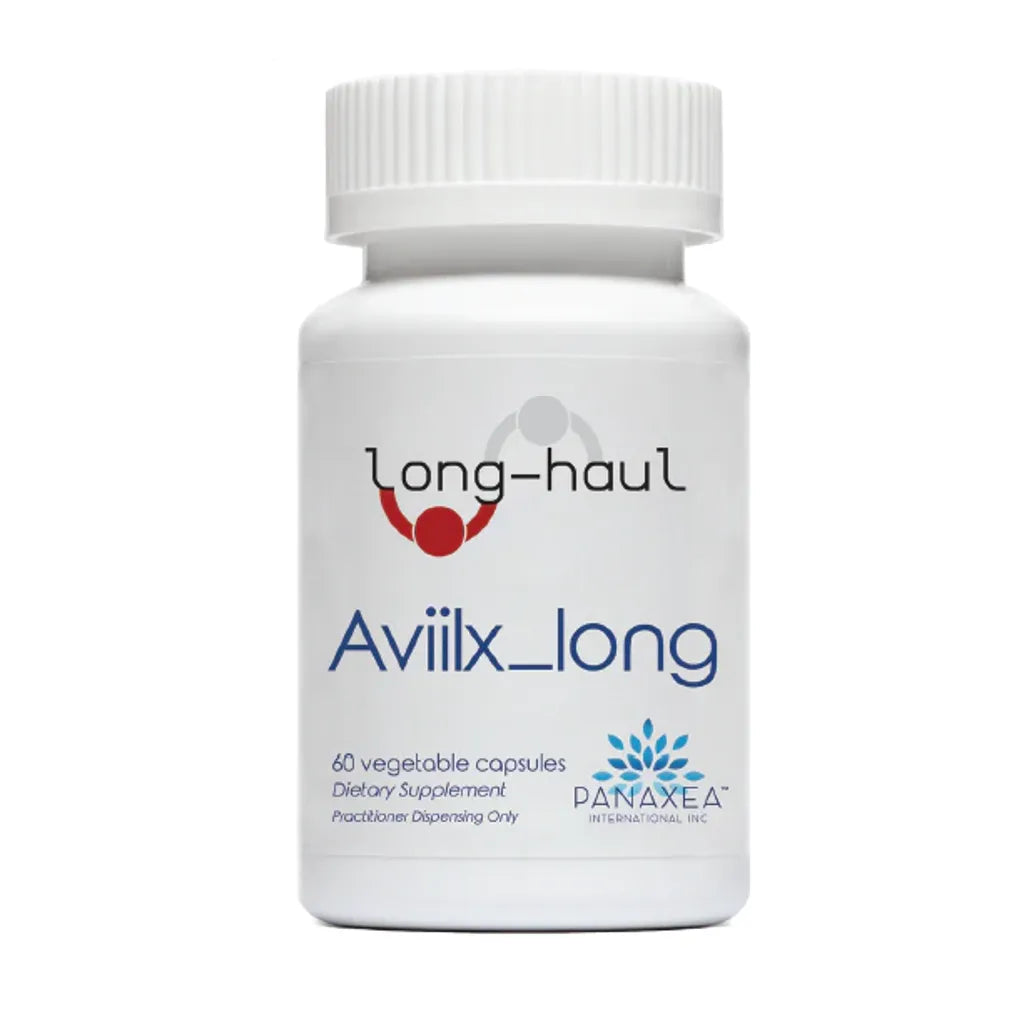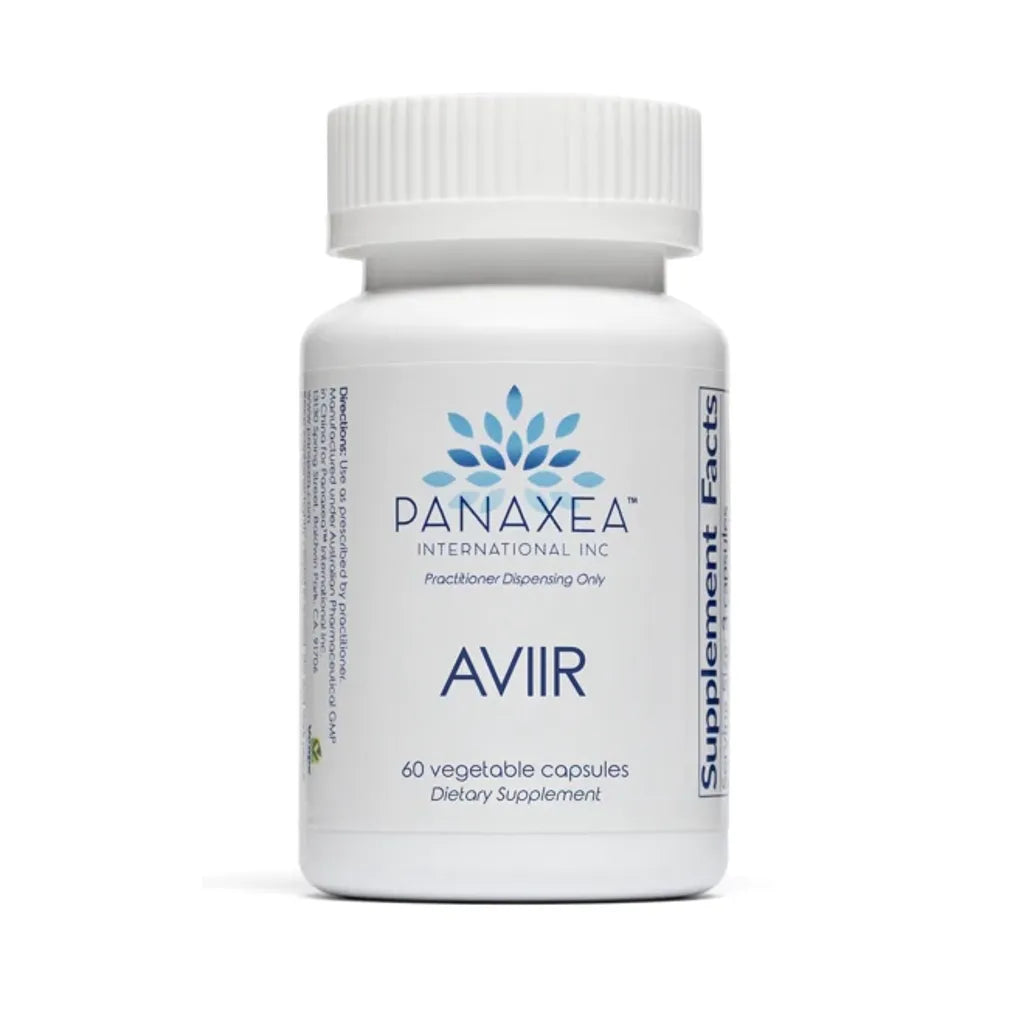Every thought you have, every step you take, every heartbeat, every blink—your life runs on a single molecule: ATP.
Adenosine triphosphate (ATP) is often called the body’s “energy currency.” Your cells spend it constantly to contract muscles, fire neurons, pump ions, build proteins, repair DNA, and recycle old parts. Without a steady ATP supply, function drops in seconds. This guide explains what ATP is, how your body makes it from the food you eat and the air you breathe, and the daily choices that keep your cellular engines humming.
What is ATP, really?
ATP is a small molecule—adenosine (a base + sugar) linked to three phosphate groups. The bonds between those phosphates store potential energy. When an enzyme clips off the outer phosphate, ATP becomes ADP (adenosine diphosphate) and releases energy to power work. Cells “recharge” ADP back to ATP continuously, like swapping batteries in a flashlight—except you do it billions of times per minute.
- ATP → ADP + Pi (inorganic phosphate) releases energy for cellular work.
- ADP + Pi → ATP requires energy input—mostly supplied by mitochondria.
Think of ATP as a rechargeable battery: “spend” ATP to do work; “charge” it in your mitochondria to keep going.
New to mitochondria? Build practical routines with Daily Habits That Support Your Mitochondria, and zoom out with Mitochondria & Aging.
Where does ATP come from?
Your body can make ATP from all three macronutrients:
- Carbohydrates → glucose
- Fats → fatty acids
- Proteins → amino acids (a backup fuel under certain conditions)
Cells use overlapping systems to regenerate ATP across different time scales and intensities:
1) Phosphagen system (immediate, ~0–10 seconds)
- Fuel: creatine phosphate stored in muscle.
- When: all-out efforts—sprints, jumps, heavy lifts.
- Why it matters: insanely fast ATP recharge, but limited capacity; it buys you those first few explosive seconds.
Because this system relies on creatine phosphate, creatine supplementation can increase the pool available to quickly resynthesize ATP—useful for high-intensity bouts.
2) Glycolysis (rapid, carb-dependent, ~10 seconds–2 minutes)
- Fuel: glucose from blood or stored glycogen.
- When: moderate to hard efforts—hills, intervals, circuits.
- Output: ATP at moderate speed, plus byproducts like pyruvate and lactate.
Contrary to the old myth, lactate isn’t “toxic waste.” It’s a valuable intermediate the body can shuttle to other tissues (including heart and slow-twitch muscle) and re-use for energy. When supply matches demand, lactate is a feature, not a bug.
3) Oxidative phosphorylation (mitochondrial workhorse, minutes to many hours)
- Fuel: pyruvate from carbs and especially fatty acids from fats.
- When: steady movement (walking, easy runs, cycling), recovery, and rest—i.e., most of your life.
- Output: large ATP yield per unit of fuel (on the order of 30+ ATP per glucose under ideal conditions).
This system lives in the mitochondria and depends on a steady supply of oxygen. It’s efficient, scalable, and underpins everyday energy and endurance.
Inside the engine room: how mitochondria make ATP
Mitochondria are cellular “power plants” that turn nutrients and oxygen into ATP using a multi-step pathway:
- Glycolysis (in the cytosol) breaks glucose into pyruvate, yielding a small amount of ATP and NADH.
- Pyruvate oxidation & the TCA (Krebs) cycle (in mitochondria) process acetyl-CoA (from carbs, fats, or protein) to produce electron carriers NADH and FADH2.
- Electron transport chain (ETC) uses NADH and FADH2 to pump protons and create a gradient across the inner mitochondrial membrane.
- ATP synthase lets protons flow back, harnessing that gradient to convert ADP + Pi into ATP.
Two ideas make the system work:
- Electron flow: electrons move through ETC complexes; oxygen is the final electron acceptor—hence why oxygen delivery is non-negotiable.
- Proton gradient: like water behind a dam, stored potential energy drives ATP production as protons “rush back” through ATP synthase.
When this assembly line runs smoothly, you get abundant ATP with balanced free radicals. If it stalls (poor oxygen delivery, nutrient gaps, high oxidative stress), you’ll feel it as slower recovery, brain fog, or effort that feels harder than it should.
Learn why microvessels matter in Circulation & Microvasculature and build the exercise base in Exercise for Longevity.
Why oxygen delivery makes or breaks ATP
Oxidative phosphorylation depends on oxygen reaching the mitochondria. That requires:
- Healthy lungs to oxygenate blood,
- A strong heart to move it, and
- Flexible vessels & dense capillaries to deliver it into tissues.
Endurance training, regular walking, and interval work all increase capillary density and mitochondrial content in muscle—meaning better oxygen use and ATP yield per breath. Conversely, chronic sedentary time, smoking, and poorly controlled blood pressure reduce delivery and efficiency.
Metabolic flexibility: switching fuels without drama
Metabolic flexibility is your body’s ability to shift between carbs and fats depending on demand: carbs when intensity spikes, fats during lower-intensity and between meals. Flexible systems maintain steadier ATP production with fewer “energy crashes.”
How to nudge flexibility:
- Train across intensities: easy aerobic base + strength + some intervals.
- Structure meals: protein at each meal, plants for fiber and polyphenols, and modest slow-carbs to avoid wild glucose swings.
- Move after meals: 10–20 minutes of walking improves glucose handling and reduces post-meal slumps.
See the practical playbook in Blood Sugar Basics and protein guidance in Protein & Muscle.
How much ATP do you make?
A staggering amount. Your body recycles your body weight in ATP each day. At rest, each cell turns over on the order of billions of ATP molecules per minute; during intense exercise, demand skyrockets. That constant turnover explains why sleep, oxygen delivery, and nutrient support matter so much.
Background reading: NIGMS: Cellular Respiration · NCBI Bookshelf: ATP & Energy
Nutrients and cofactors that support ATP production
Fuel (carbs/fats) is necessary, but not sufficient. Mitochondrial enzymes need cofactors and membrane building blocks to run efficiently:
- B vitamins (B1, B2, B3, B5): coenzymes for glycolysis, TCA, and ETC.
- Magnesium: stabilizes ATP and participates in hundreds of energy reactions.
- Iron: essential for electron carriers in the ETC.
- Coenzyme Q10 (CoQ10): shuttles electrons within the ETC.
- Omega-3 fatty acids: support mitochondrial membranes and fluidity.
Food-first is best: fish, eggs, legumes, leafy greens, nuts/seeds, and colorful plants supply a broad mix. If you consider supplements, personalize with your clinician.
Deeper dives: Supplements Under Study · NIH ODS: Magnesium · NIH ODS: Omega-3s
ATP, training, and recovery
Training quality and recovery capacity both depend on ATP. Here’s how to stack the deck:
- Strength + cardio: Resistance work preserves the muscle “factories” where many mitochondria live; cardio and intervals increase mitochondrial content and capillaries.
- Movement snacks: Brief bursts (2–3 minutes every 60–90 minutes) keep glucose handling and oxidative capacity sharper throughout the day.
- Sleep: Deep sleep is prime time for mitochondrial repair and protein synthesis. Protect the window with dim lights, a cool room, and a consistent schedule.
- Stress regulation: Chronic cortisol elevation increases oxidative load and impairs mitochondrial efficiency. Use 5–10 minute breathwork or short walks to downshift.
Build your stack: Sleep 101 · Stress 101 · Daily Micro-Resets
Common ATP myths (and what to do instead)
-
Myth: “ATP drinks give instant energy.”
Reality: Orally ingested ATP doesn’t survive digestion in a way that boosts cellular ATP. Support production indirectly via sleep, training, nutrition, and (if appropriate) creatine or CoQ10. -
Myth: “Lactate causes soreness and should be avoided.”
Reality: Lactate is a valuable fuel shuttle. Delayed onset muscle soreness (DOMS) is more about micro-damage and inflammation than lactate per se. -
Myth: “Carbs are bad for ATP.”
Reality: Both carbs and fats feed ATP production. Balance and context (intensity, timing, total intake) beat extremes. -
Myth: “More intensity = more mitochondria.”
Reality: Progress comes from the right mix of easy aerobic work, some intensity, strength training, and consistent recovery.
Everyday roadblocks to ATP (and simple fixes)
- Late, heavy dinners → elevate core temperature and disturb sleep. Fix: finish dinner 3–4 hours before bed; if late, keep it lighter and protein-forward (see Food & Sleep).
- All-day sitting → blunts insulin sensitivity and oxidative capacity. Fix: 2–3 minute movement breaks each hour.
- Chaotic light exposure (bright nights, dim mornings) → circadian drift. Fix: morning outdoor light, dim evenings, warmer screens after sunset (see Tech & Sleep).
- Under-fueling or ultra-processed diets → lack cofactors and overwhelm oxidative defenses. Fix: whole-food proteins, fiber-rich plants, healthy fats; add berries/greens daily.
A simple ATP-friendly day
- Morning: outdoor light (5–10 min) + water before caffeine + 5–10 min mobility.
- Midday: protein + 2 plants + healthy fat at lunch; two movement snacks; brief breathwork.
- Afternoon: caffeine cutoff ~8–10 hours before bed; posture + deep breathing.
- Evening: training session (or post-dinner walk); lighter, earlier dinner; dim/warm lights; analog wind-down.
FAQs
Q: Can I “feel” when ATP is low?
A: You can’t sense ATP directly, but you’ll notice downstream signals—harder perceived effort, slower recovery, brain fog, or craving quick sugar. Those are cues to check sleep, fueling, and stress load.
Q: Is creatine only for athletes?
A: Creatine supports the phosphagen system in everyone. It can aid resistance training, high-intensity intervals, and even cognitive tasks in some contexts. Discuss dosing and fit with your clinician, especially if you have kidney concerns.
Q: Should I avoid carbs to burn more fat?
A: If performance and recovery matter, an “either/or” mindset is limiting. Most people do best with a both/and approach: enough carbs to support intensity and glycogen, plus fats for everyday aerobic work—timed around activity and appetite cues.
Q: Why do I get post-meal crashes?
A: Large glucose spikes can be followed by dips that feel like fatigue. Balance meals with protein, fiber, and healthy fats, and try a 10–20 minute walk after eating.
Connect the dots (cross-links)
- Daily Habits That Support Your Mitochondria
- Mitochondria & Aging: The Energy–Longevity Link
- Circulation & Microvasculature: Oxygen Delivery Matters
- Exercise for Longevity: Cardio, Resistance, Intervals
- Protein & Muscle: Your “Longevity Currency”
- Blood Sugar Basics
- Sleep 101
Authority resources: NIGMS: Cellular respiration · NCBI Bookshelf: ATP & energy metabolism · NIH ODS: Magnesium · NIH ODS: Omega-3 fatty acids











